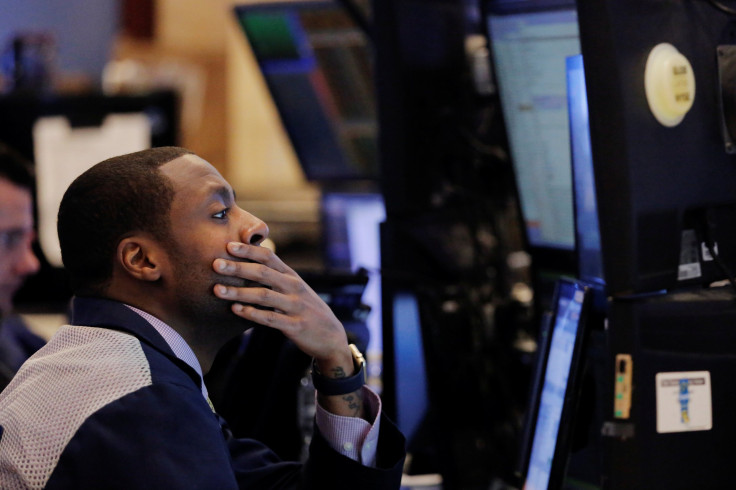Will The Stock Market Crash In 2017? Investors Predict 10% ‘Correction’ In Share Prices

The Dow Jones Industrial Average (DJI), like the Nasdaq Composite (IXIC) and Standard & Poor’s 500 (GSPC) indexes, appeared to recover somewhat from a precipitous drop on Monday morning from Friday’s market close. But their general declines over the past week—of 1.8 percent, 1.3 percent and 1.5 percent, respectively—may presage a more dramatic fallout, something investors refer to as a “market correction.”
Following the knee-jerk negative reaction to the unexpected election of President Donald Trump, U.S. equities rallied for months, repeatedly toppling records, until Tuesday, during which the Dow and S&P saw their worst day since September. But a further decline may be on its way, keeping overvalued shares in check and staving off the risk of a market bubble.
Read: Dow Jones, S&P Spikes As House Rescinds American Health Care Act
“It’s like dental work,” Michael Farr, the president of Washington, D.C.-based investment counseling firm Farr, Miller & Washington, told the Wall Street Journal, which said traders more or less predicted a retreat of 10 percent. “You dread it. You don’t want to get it. But you’re glad when it’s over and you feel better.”
Far from an all-out market crash, experts expect the recovery from this projected drop to be relatively brief, and not a sign that investors should ditch large swaths of their holdings.
Read: Dow, S&P Drop As Report Says Stocks Are Most Overvalued In 17 Years
“Once we do get this pullback and as fear picks up, you want to buy into it and not sell into it,” Tony Dwyer, chief market strategist at the Canadian financial services firm Canaccord Genuity, said on CNBC in mid-March, noting that the median correction is about 6.8 percent.
As J.P. Morgan Asset Management Chief Global Strategist David Kelly told Bloomberg early in March, however, the market’s current inflated valuations may spell a larger temporary cutback of 10 to 15 percent to return to realistic and sustainable prices.
Such downturns generally don’t last too long. They’ve spanned an average of 14 weeks, according to analysis by MarketWatch, with the shortest episode requiring three weeks to recover and the longest dragging on for 39 weeks.
© Copyright IBTimes 2024. All rights reserved.




















